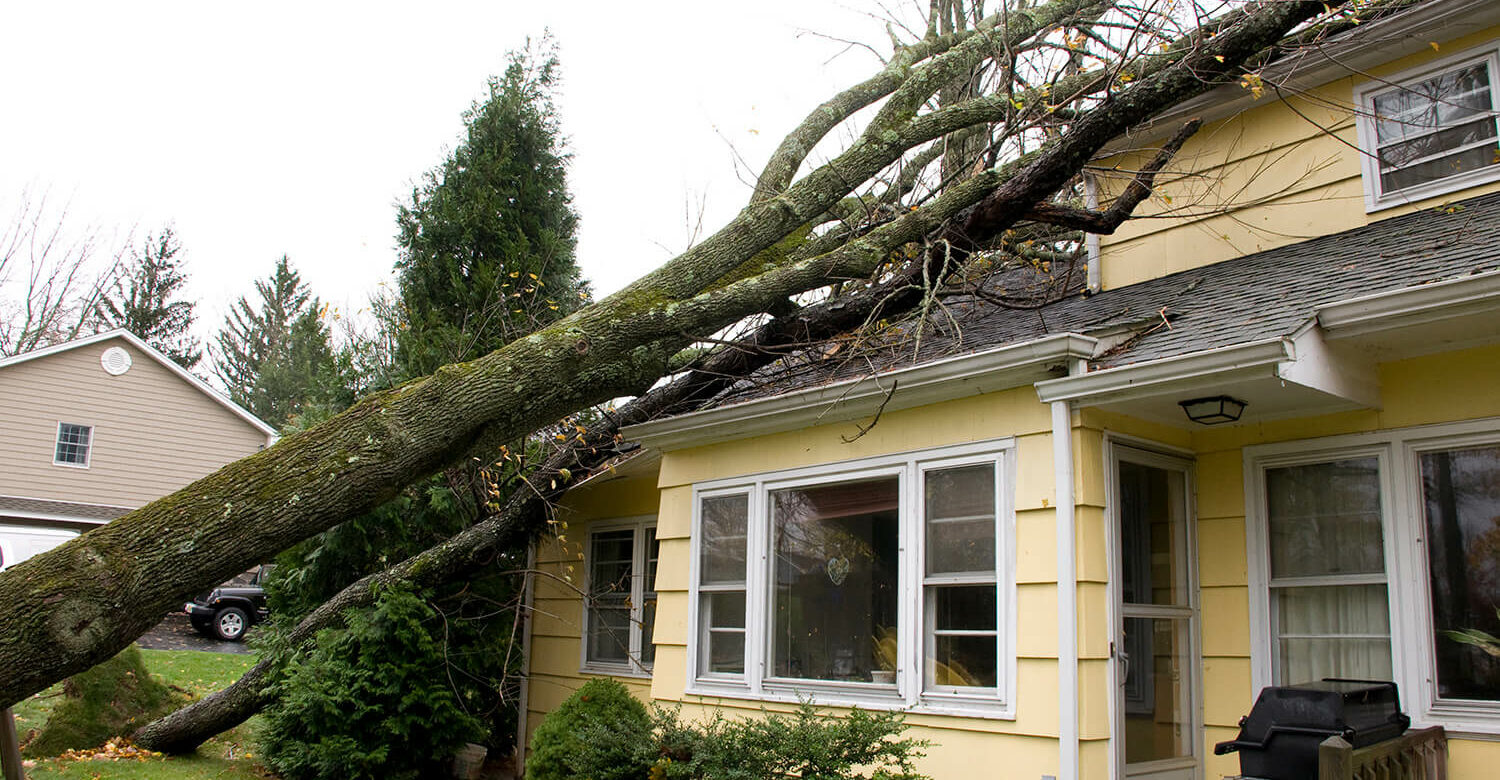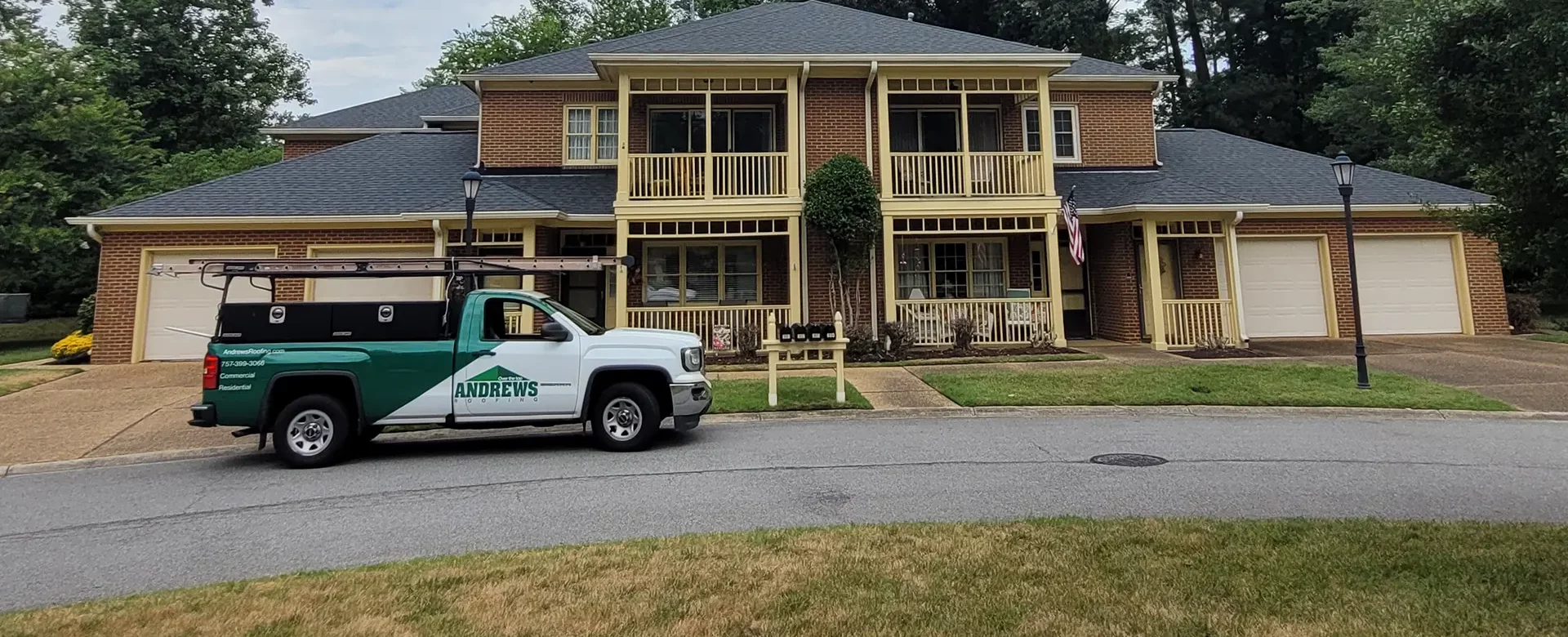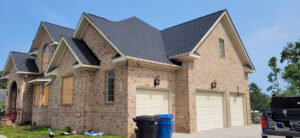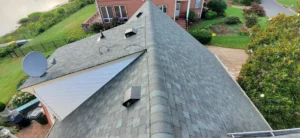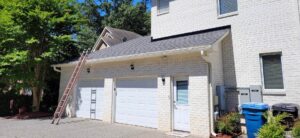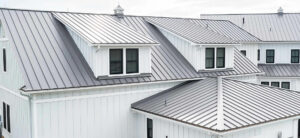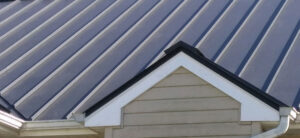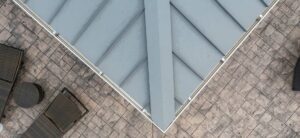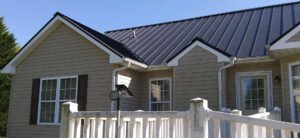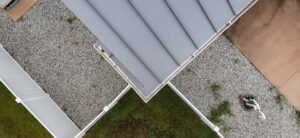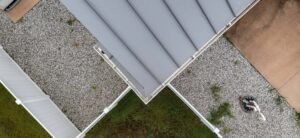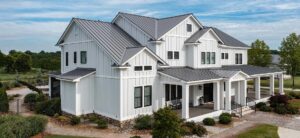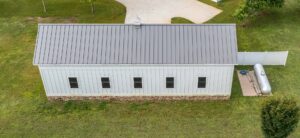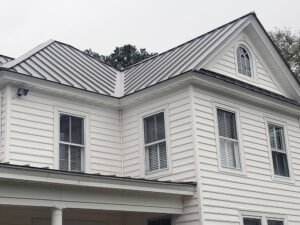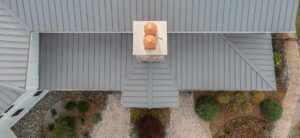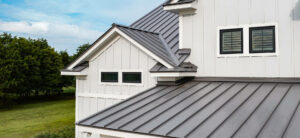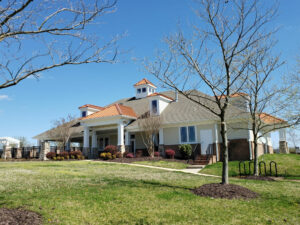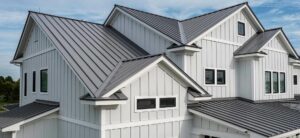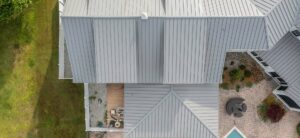It’s tempting and understandable to try and find the best deal you can when you’re looking to make improvements to your home.
As a small, family-owned roofing company who has been serving Hampton Roads homeowners for decades, we know that a roofing project can be a significant financial investment. But choosing the cheapest quote you receive can backfire, and cost more in the long run. We often see the aftermath of “cut-rate” roofing jobs when we’re called in to fix the additional problems it caused. To help you avoid this costly mistake, here are a few reasons why the cheapest isn’t always the best, and what to look for in a reputable roofing contractor.
1. You Get What You Pay For
The primary reason one roofing company may come in with a significantly lower big for your job is because they’re cutting corners. Typically, this means:
- Substandard Materials: Using low-quality shingles or underlayment that may fail sooner and that don’t offer material warranties.
- Rushed Work: To keep costs down, crews may rush the job, leading to improper installation and overlooked issues.
- Inexperienced Crews: Inexperienced crews cost the contractor less but can cost you way more when work is done incorrectly, leading to damage and voided warranties.
A poorly done roofing job can result in leaks, poor insulation, or even structural damage, costing you more in repairs over time than if you’d chosen a trusted company upfront.
2. Lack of Insurance and Liability Coverage
Reputable roofing companies carry both liability insurance and workers’ compensation. This protects you as the homeowner in case of accidents or damage to your property. This type of coverage costs reputable companies quite a bit of money, so some companies will bypass this critical requirement to be able to undercut their competition.
- Uninsured Contractors: If an uninsured roofer is injured on your property, you could be held liable for medical costs.
- No Guarantee of Repairs: Without insurance, you may have to cover any damages caused by the contractor out of your pocket.
Always verify a company’s insurance before signing a contract. If a company balks at your request for this information, you should probably walk away.
3. Warranty Matters
Most reputable roofing companies offer warranties on both materials and labor. These warranties provide peace of mind and protection for your investment.
- No Warranty? No Recourse: Cut-rate companies might not offer any labor warranty, leaving you with no protection if problems arise due to lack of expertise.
- Manufacturers’ Warranties May Not Apply: Improper installation by a less experienced crew can void manufacturers’ warranties on materials.
Always ask specific questions about a company’s warranty policies and material warranties before work starts. If they can’t provide this information to you in writing or concrete terms, that’s a red flag.
4. Experience and Skill Count
Roofing is a skill honed by experience. Family-owned companies like ours have often spent years perfecting our craft and building a reputation for quality work.
- Inexperienced Crews: Lower-cost roofers may use untrained or less experienced workers, increasing the risk of mistakes, damages and injury.
- Attention to Detail: An experienced roofer knows how to handle complex issues like ventilation, flashing, and drainage. They also know the specific issues that are more likely to happen in our Southeast Virginia climate and will work to ensure those are proactively handled.
5. Long-Term Value
While a higher price might seem daunting, it often reflects the value of quality materials, skilled labor, and a commitment to excellence. Investing in quality work and materials does have long-term financial benefits.
- Energy Efficiency: Proper installation and quality materials can improve insulation and ventilation, reducing energy bills.
- Curb Appeal and Home Value: A well-done roof enhances your home’s appearance and resale value. Most high-quality roofing materials have transferable warranties, so even if you’re planning on selling your home, it could be a selling point to be able to tell the next owners their roof is covered.
What to Look for in a Roofing Company
To make the best decision for your home, consider the following when hiring a roofing contractor:
- Local Reputation: Check online reviews and ask for local references. Ask how long they’ve been in business and if they operated anywhere else. A business that’s moved from state to state could indicate a “fly by night” situation.
- Certifications: Ensure the company is licensed and certified by reputable manufacturers. A legitimate business should be able to provide proof of both.
- Licensed and Insured: Ask for specific business license and insurance coverage information to avoid accidents you may be liable for.
- Transparency: Get a detailed estimate that breaks down costs for materials and labor. Don’t feel embarrassed to ask your estimator or salesperson about the experience of the crew who will be working on your home. A solid company should be able to stand behind their labor.
Andrews Roofing: A Reputable Choice
At Andrews Roofing, we pride ourselves on being a trusted, family-owned business that the Tidewater Region has trusted in their homes for years. We may not be the cheapest quote you get, but we prioritize quality, integrity, and long-term relationships with our customers. When you choose us, you’re not just hiring a contractor—you’re partnering with a neighbor who cares about your home as much as you do.
Investing in a quality roofing company today can save you headaches and expenses tomorrow. Contact us today for a free consultation.

